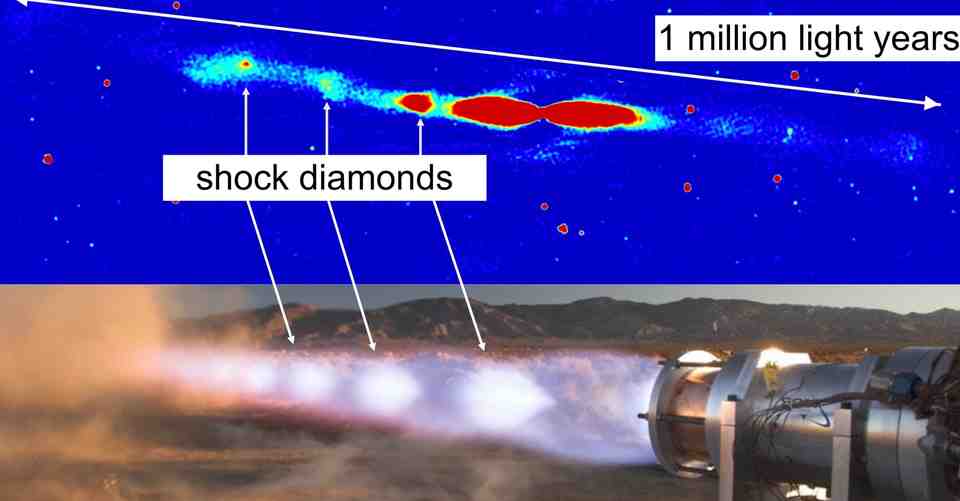An exoplanet 100 light-years beyond Earth looks to be the finest contender for a mucky, water-covered tropical paradise hitherto discovered. TOI-1452b is its name, and assessments…



A breakthrough low-memory technique by Rice University computer scientists could put one of the most resource-intensive forms of artificial intelligence—deep-learning recommendation models (DLRM)—within reach of small companies.
DLRM recommendation systems are a popular form of AI that learns to make suggestions users will find relevant. But with top-of-the-line training models requiring more than a hundred terabytes of memory and supercomputer-scale processing, they’ve only been available to a short list of technology giants with deep pockets.
Rice’s “random offset block embedding array,” or ROBE Array, could change that. It’s an algorithmic approach for slashing the size of DLRM memory structures called embedding tables, and it will be presented this week at the Conference on Machine Learning and Systems (MLSys 2022) in Santa Clara, California, where it earned Outstanding Paper honors.

You are looking at a methanol-fed hydrogen fuel cell that may soon be powering marine shipping around the world.
For Maersk, the 12 new ships will help it reduce CO2 emissions by 1.5 million tons annually or 4% of what the company produced in total in 2021. Maersk’s announced commitment is for all future new builds to only burn carbon-neutral fuels. That’s why fuel cells are high on its list of technologies to make that achievement possible.
Methanol Fuel Cells Are a Step Better Than Burning Methanol
A Bill Gates-backed investment group, Breakthrough Energy Ventures, is bankrolling a new Danish company, Blue World Technologies, with plans to produce methanol and high-temperature fuel cells. It has plans to produce enough of the fuel and the fuel cells to power five container ships this year, and ten times that number by 2024.


The groundbreaking research that established the connection between Alzheimer’s.
Alzheimer’s disease is a disease that attacks the brain, causing a decline in mental ability that worsens over time. It is the most common form of dementia and accounts for 60 to 80 percent of dementia cases. There is no current cure for Alzheimer’s disease, but there are medications that can help ease the symptoms.

Summary: Brief exposure to Rapamycin, a promising anti-aging drug that has positive effects on health and lifespan, has the same effect as long-term exposure to the drug in animal models. The findings pave the way for testing the effects of short-term rapamycin exposure on the lifespan of humans.
Source: Max Planck Institute.
Imagine you could take a medicine that prevents the decline that come with age and keeps you healthy. Scientists are trying to find a drug that has these effects.

More people in the U.S. are now smoking marijuana than cigarettes, according to a Gallup poll.
Cigarette use has been trending downward during the past decades, with only 11% of Americans saying they smoke them in a poll conducted July 5 to 26, compared to 45% in the mid-1950s.
Sixteen percent of Americans say they smoke marijuana, with 48% saying they have tried it at some point in their lives. In 1969, only 4% of Americans said they smoked marijuana.

Luke barnes, lecturer in physics, western sydney university miroslav filipovic, professor, western sydney university ray norris, professor, school of science, western sydney university velibor velović, phd candidate, western sydney university.
Astronomers at Western Sydney University have discovered one of the biggest black hole jets in the sky.
Spanning more than a million light years from end to end, the jet shoots away from a black hole with enormous energy, and at almost the speed of light. But in the vast expanses of space between galaxies, it doesn’t always get its own way.

Less than a week after a Bill Gates-backed MIT startup announced it had successfully tested a massive magnet that could allow them to achieve “net energy” with their nuclear fusion reactor, scientists at France’s International Thermonuclear Experimental Reactor (ITER) received the first part of another huge magnet, an AP report explains.
That magnet is so strong that its American manufacturer claims it can lift an aircraft carrier. When it is fully assembled it will be almost 60 feet (20 meters) tall and 14 feet (over four meters) in diameter, and it could be the key to providing practically limitless energy via nuclear fusion.
The more we understand how cells produce shape and form, the more inadequate the idea of a genomic blueprint looks by Philip Ball + BIO.